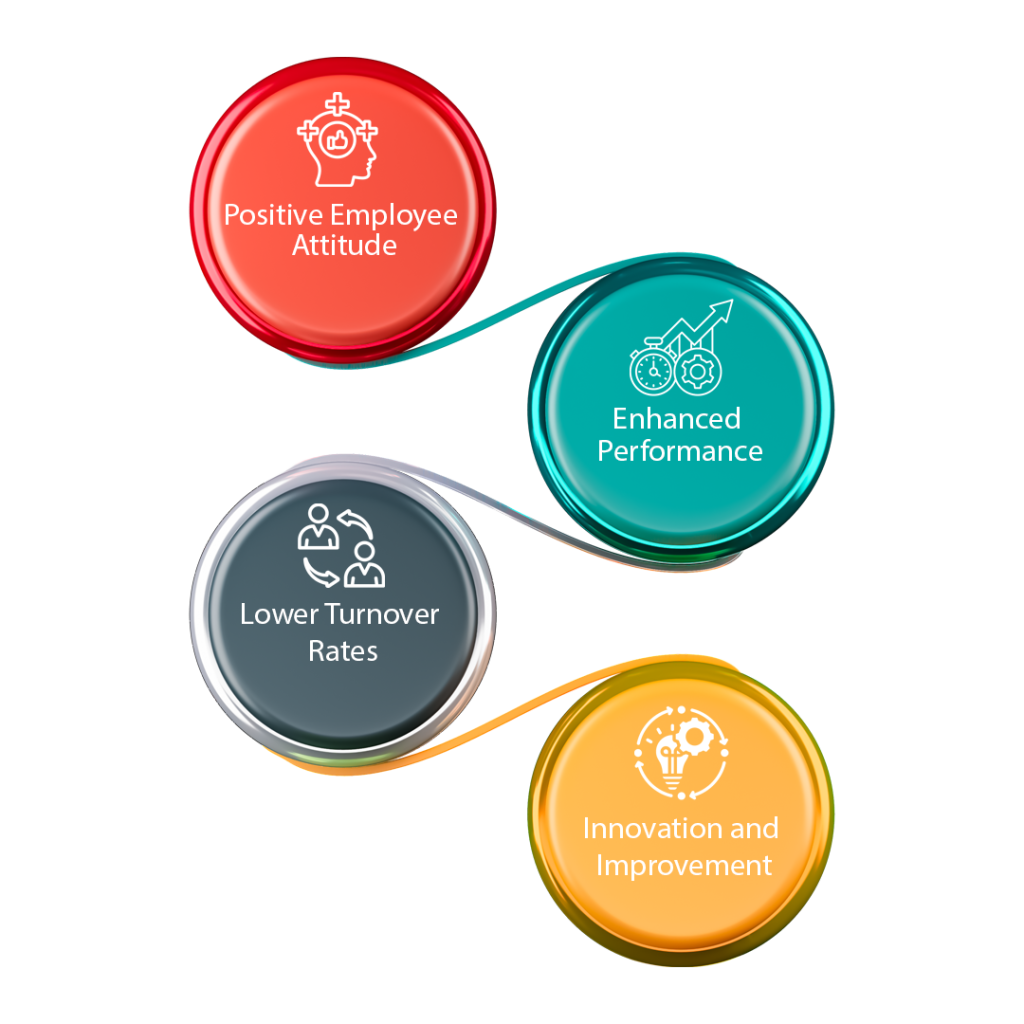Job Satisfaction and Customer Engagement at Workplace - Youth Success Academy

In the dynamic world of business, customer engagement stands as a pivotal factor for success. Companies strive to foster lasting relationships with their customers, aiming to not just meet but exceed their expectations. A crucial yet often overlooked element in this equation is employee job satisfaction. Happy employees can significantly enhance customer experiences, leading to increased loyalty and profitability. Let’s explore how job satisfaction impacts customer engagement and what businesses can do to nurture both.
The Connection Between Job Satisfaction and Customer Engagement
- Positive Employee Attitude: Employees who are satisfied with their jobs tend to have a more positive attitude. This positivity is contagious and can significantly enhance customer interactions. When employees are happy, they are more likely to go the extra mile to ensure customers are satisfied, leading to better service quality and higher customer satisfaction.
- Enhanced Performance: Satisfied employees are typically more motivated and productive. They perform their tasks more efficiently and with greater attention to detail. This translates into a smoother and more enjoyable customer experience. For example, a motivated customer service representative is more likely to resolve issues quickly and effectively, leaving customers with a favorable impression of the company.
- Lower Turnover Rates: High employee turnover can disrupt service continuity and erode customer trust. When employees frequently leave, customers may experience inconsistent service levels and feel undervalued. By fostering job satisfaction, companies can reduce turnover rates, ensuring that customers interact with experienced and knowledgeable staff.
- Innovation and Improvement: Employees who are content with their roles are more likely to contribute ideas and innovations. They feel a sense of ownership and are invested in the company’s success. This proactive approach can lead to improved processes, better products, and enhanced customer experiences.

Strategies to Improve Job Satisfaction
- Create a Positive Work Environment: Cultivating a supportive and inclusive workplace culture is fundamental. Encourage open communication, recognize employee achievements, and provide opportunities for growth. A positive work environment boosts morale and job satisfaction.
- Offer Professional Development: Investing in employee development shows that the company values its staff. Offer training programs, workshops, and opportunities for career advancement. When employees see a clear path for growth, they are more likely to be engaged and committed.
- Provide Competitive Compensation and Benefits: Fair compensation and comprehensive benefits are critical components of job satisfaction. Ensure that your compensation packages are competitive within your industry and region. Additionally, consider offering benefits such as health insurance, retirement plans, and wellness programs.
- Foster Work-Life Balance: Encourage a healthy work-life balance by offering flexible working hours, remote work options, and sufficient paid time off. When employees feel that their personal lives are respected and supported, they are more likely to be satisfied and engaged at work.
- Engage Employees in Decision-Making: Involve employees in decision-making processes, especially those that affect their work. This inclusion fosters a sense of ownership and respect, making employees feel valued and more satisfied with their jobs.
Real-World Examples
- Zappos: The online retailer Zappos is renowned for its exceptional customer service, which is driven by a strong focus on employee satisfaction. Zappos offers extensive training, a fun work environment, and a culture of empowerment. This approach has led to high employee morale and outstanding customer engagement.
- Google: Google consistently ranks as one of the best places to work due to its emphasis on employee well-being. By providing generous benefits, opportunities for professional development, and a stimulating work environment, Google ensures its employees are satisfied, which in turn enhances their productivity and innovation, benefiting their customers.
Conclusion
Employee job satisfaction is not just a nice-to-have; it’s a business imperative. Happy employees lead to happy customers, creating a virtuous cycle that drives customer engagement and business success. By investing in the well-being and development of your employees, you can create a positive work environment that fosters job satisfaction, ultimately leading to superior customer experiences. Remember, your employees are your most valuable asset—when they thrive, your business thrives.
